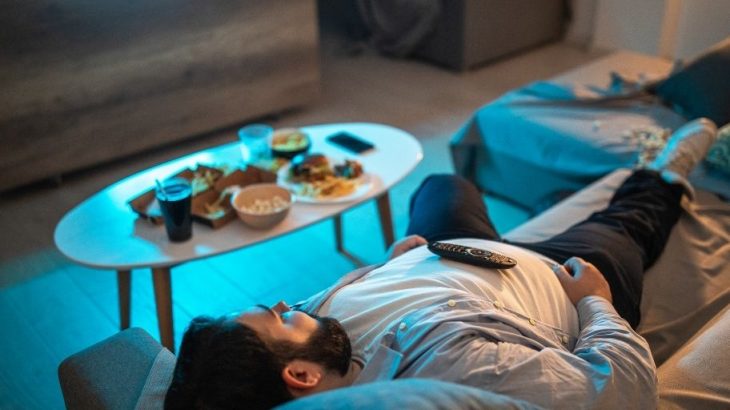New Wearable Device Can Reverse Opioid Overdose

With the opioid epidemic becoming increasingly fatal, there’s some welcome good news out of the University of Washington (UW).
UW Scientists have designed a new wearable device that can not only detect signs of an opioid overdose, it can also reverse it. This is a development that could be a game-changer in fighting the opioid epidemic.
Opioid Overdose Deaths Keep on Climbing
 There’s ample reason for the excitement surrounding this new device. Prescription opioid abuse rates might have decreased, but the number of opioid-related overdose deaths are higher than ever.
There’s ample reason for the excitement surrounding this new device. Prescription opioid abuse rates might have decreased, but the number of opioid-related overdose deaths are higher than ever.
According to the Centers for Disease Control and Prevention (CDC), fatal overdoses caused by opioids have quadrupled since 1999. Many of the current overdose deaths are related to illicitly manufactured fentanyl, a synthetic opioid up to 100 times stronger than morphine.
The Drug Enforcement Agency (DEA)warns there’s now a significant risk that every drug sold on the black market contains fentanyl. And thanks to the synthetic opioid’s high potency, adding a few grains of fentanyl to drugs like meth, cocaine, heroin, and even benzodiazepines can instantly produce lethal combinations.
Using Technology to Fight the Opioid Overdose Epidemic
During an opioid overdose, breathing slows or stops altogether. If caught in time, it’s possible to reverse an opioid overdose. But many people abuse opioids when they’re alone – that means they can’t ask for help in the event of an overdose.
“Fatal drug overdoses in the United States are at an all-time high, and opioid overdoses account for the majority of these deaths; however, up to 52 percent of fatal overdoses occur when the person is alone,” said lead researcher Justin Chan, a doctoral student at the University of Washington’s Paul G. Allen School of Computer Science and Engineering.
“Our sensing system can potentially reduce fatalities caused by opioid overdoses by administering naloxone in a timely fashion to subjects, even when they are alone.”
The device can also be used to alert emergency services when someone is experiencing an opioid overdose.
How Does the Device Reverse the Effects of Opioids?
Worn on the stomach like an insulin pump, this device can tell if someone’s breathing patterns slow to dangerous levels associated with an opioid overdose.
 If the wearer stops breathing for 15 seconds, the device administers an injection of naloxone (brand name Narcan), a drug that reverses opioid overdose and restores breathing.
If the wearer stops breathing for 15 seconds, the device administers an injection of naloxone (brand name Narcan), a drug that reverses opioid overdose and restores breathing.
Naloxone is a medication that can be administered by injecting directly into muscle tissue or by spraying it into the nose. It works to rapidly block the effects of opioids in the body.
UW Scientists ultimately hope their wearable device can be used at all stages of opioid addiction as a way to avoid fatal opioid overdoses – particularly among those who use in isolation. They went as far as surveying 100 people who currently abuse opioids, and 75 of those respondents said they would be willing to wear the device.
“There is a critical need for systems that can reverse opioid overdose events, especially in the absence of bystanders, where many overdoses occur,” Chan said.
“Our wearable injector system is useful even in scenarios when overdose events are witnessed, as neither friends nor family may be aware that an overdose is occurring. In these scenarios, our injector system would still be able to recognize an overdose and deliver the antidote.”
What Should You Do if Someone is Overdosing?
Until the UW’s life-saving device is available to consumers, it is critical that you know how to recognize the signs of opioid overdose and have the means to reverse it.
Symptoms of an opioid overdose include:
- Shallow breathing, or cessation of breathing
- The person has stopped moving or has a limp body
- Small, constricted “pinpoint” pupils
- Choking and gurgling sounds
- Pale blue or cold skin
- Falling asleep or lack of consciousness
The good news is that you don’t have to be a medical professional to jump into action and reverse an opioid overdose.
Follow these steps, as outlined by the CDC:
- Call 911 immediately
- Administer naloxone
- Try to keep the person awake and breathing
- Lay them on their side to prevent choking
- Stay with them until the emergency services arrive


